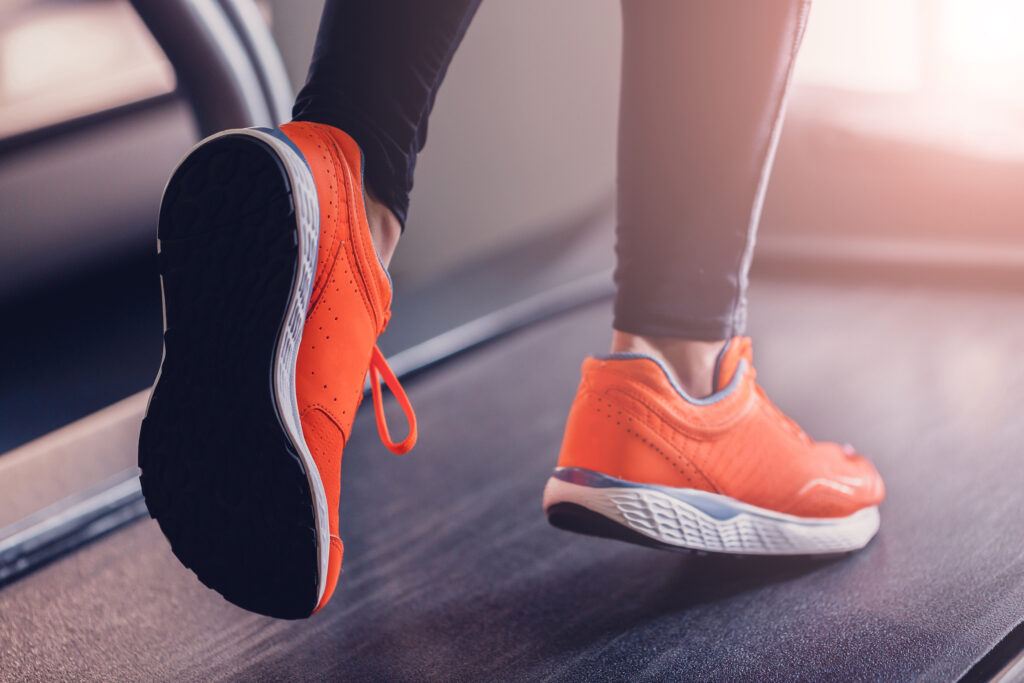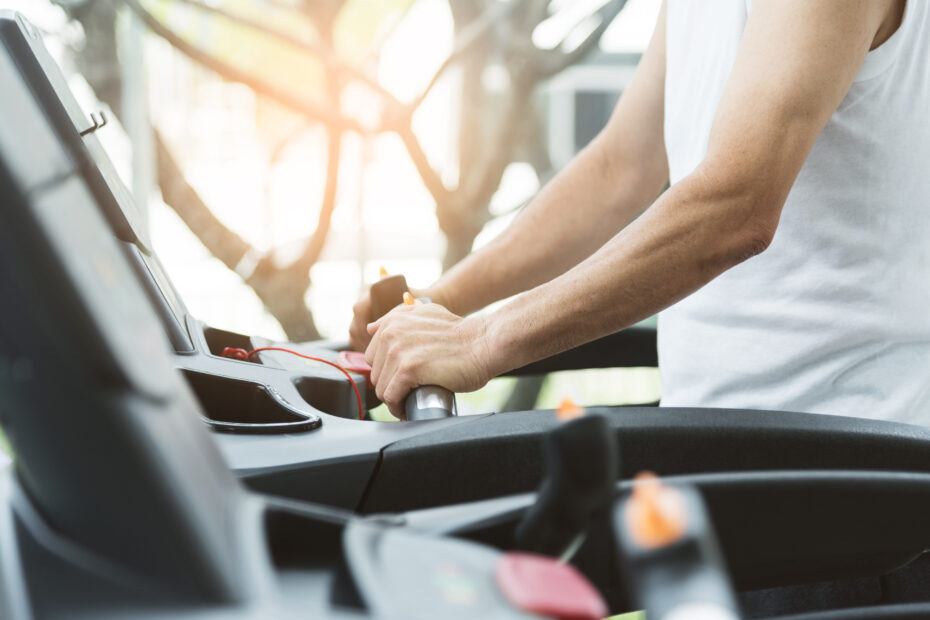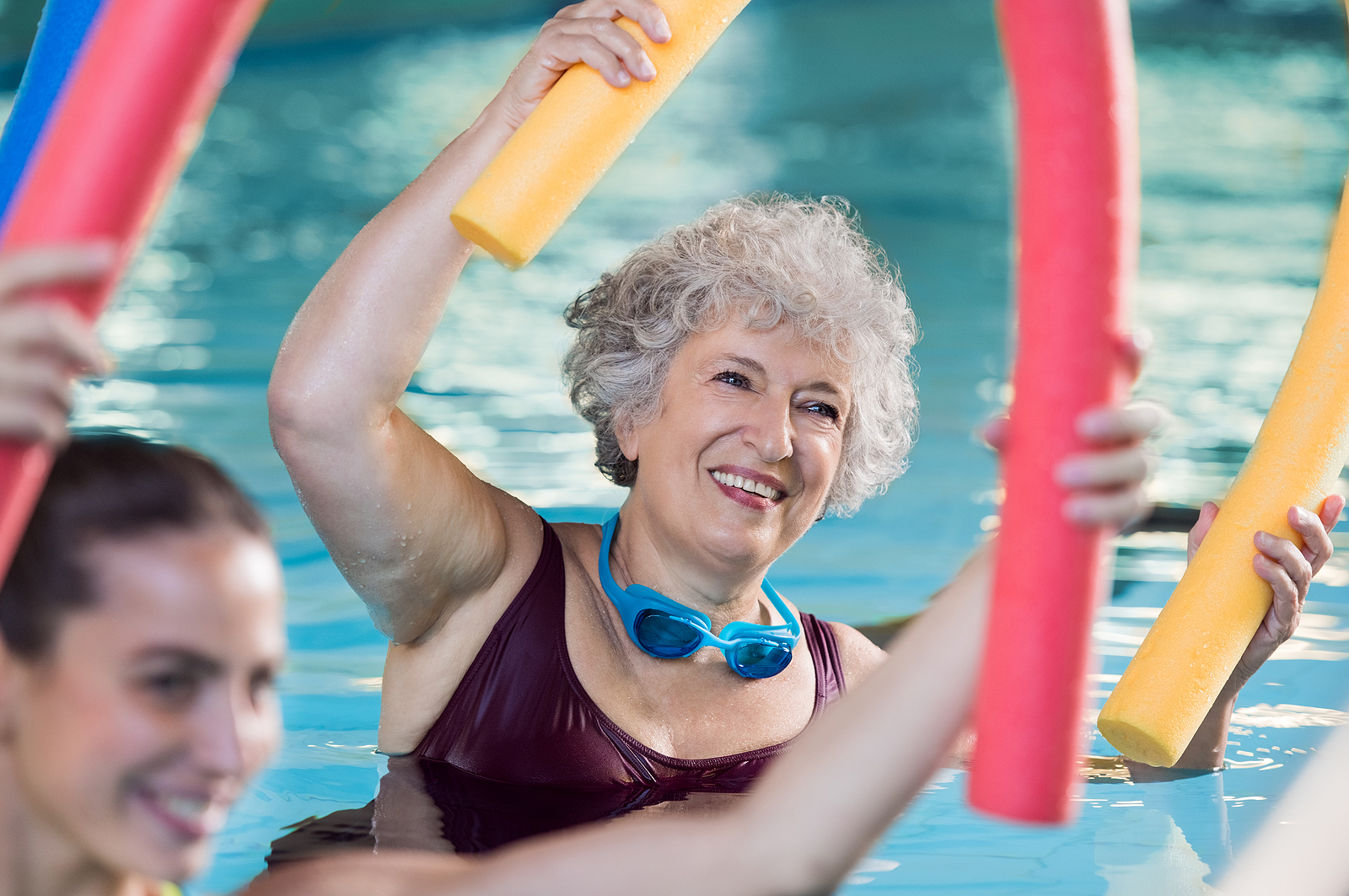Treadmills can provide a safe, effective way for seniors to stay active, improve cardiovascular health, and enhance overall mobility.
And that can do all of this from the comfort of home, which is always nice.
But if you’re new to using a treadmill, it can be tough to know where to start with your workouts – but don’t fret, we got your back.
In this guide, we’ll cover several gentle treadmill workout routines tailored for seniors, plus tips to help make each session safe and enjoyable.
After reading, you’ll be ready to make the most out of your treadmill workouts.
Why Treadmills Are Beneficial for Seniors
Walking is a low-impact exercise that’s easy on the joints while delivering a host of health benefits.
And treadmills allow seniors to walk or engage in light jogging at their own pace, rain or shine.
Key benefits for seniors using treadmills include:
- Improved Heart Health: Regular walking can reduce blood pressure and support cardiovascular health.
- Enhanced Mobility and Balance: Consistent treadmill use can strengthen leg muscles and help improve overall balance and mobility.
- Weight Management: Walking can aid in maintaining a healthy weight, which benefits joints and overall health.
- Mental Well-Being: Regular exercise releases endorphins, which can improve mood and reduce stress.
And according to the CDC, everyone 65 years old and older should be getting at least 150 minutes of moderate-intensity (or 75 minutes of vigorous) exercise each week.
And according to their definitions, “moderate” intensity exercise is the equivalent of brisk walking and “vigorous” exercise is the equivalent of jogging or running.
So, if we’re aiming for 150 minutes of cardiovascular exercise each week, we could break this down into 30 minutes of treadmill walking, 5 days per week.
Using a treadmill can make getting this recommended weekly activity easier for seniors, while taking it relatively easy on the joints.
FYI, if you’re looking to purchase a new treadmill, check out my full guide on what to look for when choosing a treadmill for seniors.
Setting Up for Success: Tips Before Starting a Treadmill Routine
But before you hop on your treadmill, you’ll want to make sure you know how to use it.
Consider the following before starting your first workout:
- Safety First: Before beginning, ensure you have sturdy handrails on each side, and familiarize yourself with the emergency stop button.
- Learn to Operate: You’ll also want to make sure you know how to turn the treadmill on, adjust the speed/incline settings, and stop the treadmill when your workout is finished. Most treadmills are easy to operate, but if you’re new to treadmills, make sure you familiarize yourself with the controls.
- Choose Comfortable Footwear: Supportive shoes with non-slip soles are essential for optimal comfort and safety. Never use slippers, sandals, or crocks on a treadmill, only closed-toe shoes!
- Warm Up and Cool Down: Ease into your workout with a warm-up and end with gentle stretching to prevent soreness.
- Monitor Your Progress: Use the treadmill’s display to keep track of speed, distance, and time. Many treadmills also display heart rate, which can be helpful for tracking cardio health.

5 Gentle Treadmill Routines That Are Perfect for Seniors
Each of these routines is designed to be low-impact and customizable, depending on fitness level.
1. Beginner Walk: The Starting Point
- Time: 10 – 30 minutes
- Speed: 1.5 – 2.0 mph
- Incline: 0% – 1%
- Description: Start with a gentle walk at a comfortable speed. The goal is to build confidence and get used to the treadmill. Feel free to hold onto the rails as you walk if it makes you feel more comfortable (sometimes it takes a while to get used to walking on a treadmill). Start with a shorter time and gradually progress time as you progress.
- Tip: Focus on maintaining steady breathing and a relaxed pace. You can gradually increase speed as you become more comfortable.
2. Endurance Builder Walk
- Time: 20-30 minutes
- Speed: 1.5 – 2.5 mph
- Incline: 1% – 3%
- Description: This routine helps build endurance, so the goal is to build up to walking for a full 30 minutes. Increase the incline slightly every five minutes or so to simulate walking uphill.
- Tip: Take short breaks if necessary, but try to complete the full 20-30 minutes. This is excellent for improving stamina and cardiovascular health.
3. Interval Walk for Cardio Health
- Time: 20 – 30 minutes
- Speed: Alternating between 2.0 and 2.5+ mph
- Incline: 1% – 2%
- Description: Alternate walking at a slower pace for two minutes, then a faster pace for one minute. This interval training is great for raising your heart rate without overwhelming your endurance.
- Tip: Keep a comfortable walking speed even during the faster intervals. This routine strengthens the heart and burns calories.
4. Balance Booster Walk
- Time: 15-30 minutes
- Speed: 1.5 – 2.0 mph
- Incline: 0% – 2%
- Description: During this routine, walk at a steady pace and occasionally let go of the handrails to practice balance. Use the handrails only if needed and try to progress to walking the entire 30 minutes without grabbing the handrails.
- Tip: Practice good posture and engage core muscles to maintain stability. This is especially helpful for seniors looking to improve balance and prevent falls.
5. Gradual Incline Challenge
- Time: 25-30 minutes
- Speed: 1.5 – 2.5 mph
- Incline: Start at 0% and increase by 1% every 2 minute until you reach halfway through your workout (up to 5-7%) and then decrease by 1% every 2 minutes until you reach 0% again.
- Description: This workout is excellent for gently challenging the muscles and cardiovascular system without intense exertion. It’s also a great way to build up your tolerance to higher inclines. If the incline instructions are a bit confusing, just keep in mind that you’re gradually going up hill for the first half of the workout, and then gradually coming back down hill for the second half of the workout. You should start and end at 0% incline.
- Tip: Adjust the incline based on your comfort level. This routine strengthens leg muscles, enhances stamina, and promotes cardiovascular endurance.
Tips for Making the Most of Treadmill Workouts
Listen to Your Body
The most important consideration about using a treadmill is staying safe and avoiding injury.
If you experience discomfort during a workout, slow down or pause to see if a little rest and stretching takes care of it.
If not, you may need to take a longer break to see if it helps.
Keep in mind that you shouldn’t feel pain during your workouts – a little muscle soreness after starting a new routine is normal, but pain while exercising isn’t.
Stay Hydrated
It’s important for all of us to stay hydrated, but it’s especially important for seniors, as they tend to have a harder time with hydration anyway.
And water loss through sweat while working out can exacerbate dehydration and lead to serious issues.
The amount of water seniors need daily will vary depending on a lot of different factors, but it’s generally recommended that seniors aim for 6-8 cups of water a day.
But if you’re exercising regularly, especially during the hot summer months, you may need even more than this.
Keep water nearby at all times and try to sip throughout the day.
While exercising, always keep a water bottle within easy reach in order to drink while working out.
Maintain Consistency
If you’re new to walking and exercising, it may take time to build up to the recommended 150 minutes/week of cardio exercise.
And this is ok.
You may also find that 30 minutes of walking at a time just isn’t doable – this is also ok.
It’s all about staying consistent and doing what you can. I’ll also tell you a little secret – any exercise is better than nothing.
Even if you can only handle 5- 10 minutes of walking at a time, that’s still better than nothing.
Start small and try to gradually build your time up as your endurance improves.
Aim for three to five sessions per week to build endurance and see gradual improvements and try to keep progressing as your body allows.
Tip: you can also break the 30 minutes of daily exercise goal into smaller chunks if necessary; 2x 15 minute walks is equally as good as 1x 30 minute walk.
Incorporate Variety
If you’re like me, you get bored doing the same ol’ exercises week in and week out.
And if you get bored with your exercise, odds are you’ll have a harder time staying motivated.
So feel free to mix things up – not only does it keep your routines more interesting, but it’ll also help engage different muscles and keep your body making improvements.
Feel free to incorporate intervals of faster walking or higher inclines into your workouts.
And if you have a treadmill with built-in workout programs, feel free to explore these profiles for new and exciting workout options.
Safety Considerations for Seniors Using Treadmills
- Use Handrails for Stability: Handrails can help maintain balance, especially during incline adjustments. Feel free to grab handrails anytime you feel the need (or keep a hand on them at all times). Safety is always the first priority!
- Know Your Limits: Avoid speeds or inclines that feel too intense.
- Take Your Time: Allow for gradual speed increases rather than abrupt changes.
- Check with a Healthcare Professional: If you have any health concerns, consult with your doctor to confirm treadmill use is safe for you.
Final Thoughts
Ok, that about does it.
When looking for a low-impact, effective way to get your daily exercise in, seniors really should consider using a treadmill.
Mostly because a treadmill is an excellent tool for seniors to stay active and maintain health in a safe, controlled environment.
And walking is still one of the best exercises seniors can do – when it comes to function and improving cardiovascular health, it’s tough to beat.
Anyway, with gentle routines and a few safety considerations, seniors can enjoy the numerous benefits that treadmill walking offers.
So, take that first step – whether it’s a beginner walk or a balance-focused session and start reaping the rewards of regular movement!
And as always, if you have any questions or comments, just leave ’em below and I’ll get right back to ya.



